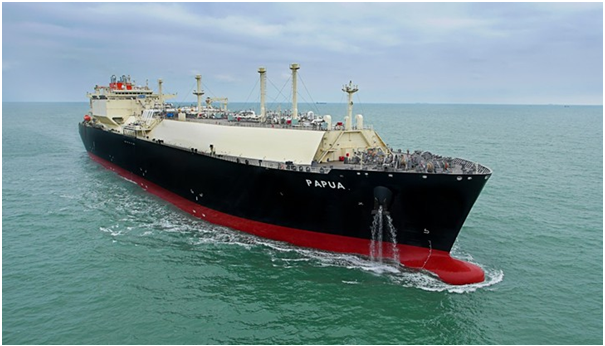
MOL
revealed this in its first quarter report released this week. This includes LNG carriers owned and/or operated by
joint venture companies.
According to MOL, the firm had 94 LNG carriers in
its fleet in the first quarter of 2023 and 97 LNG carriers in the first
quarter of this year. MOL also
previously said that it has more than 30 LNG carriers on order.
As of March 31, 2024 MOL’s fleet also included five
FSUs/FSRUs, three LNG bunkering vessels, one LNG powership, six ethane
carriers, and 20 LPG/ammonia ships.
MOL has also a set a target to operate
90 LNG-powered and methanol-fueled vessels by 2030.
MOL reported a revenue of 1,627.9 billion yen in
fiscal 2023, up from the year before, while operating profit of 103.1 billion
yen and net income of 261.6 billion yen dropped compared to the year before.
The company’s energy business, which includes the
liquefied gas segment, reported revenue of 437.8 billion yen and profit of 66.9
billion yen, both up compared to the year before.
MOL
said its LNG carrier business “secured stable profit, mostly unchanged year-on
year, due to existing long-term charter contracts and the acquisition of new
contracts.”
Within the LNG infrastructure business, the FSRU
business posted a year-on-year decline in profit “as a result of the
redeployment of an existing vessel and preparations to commence commercial
operation.” MOL said the LNG-to-powership
business reported “stable” profit.
The LNG infrastructure business is expected to achieve
profit growth, mainly due to the impact of contract renewals for existing
projects, it said.